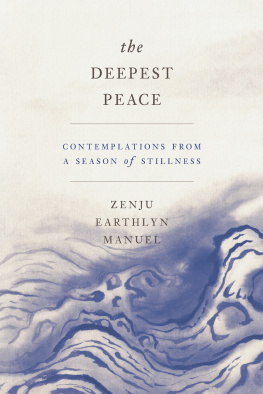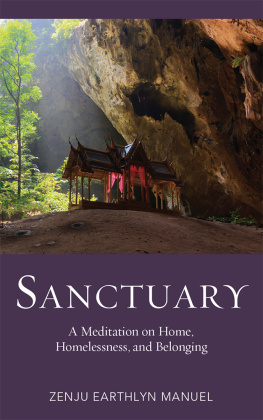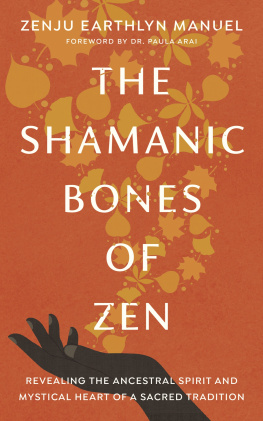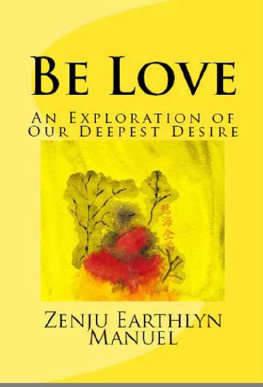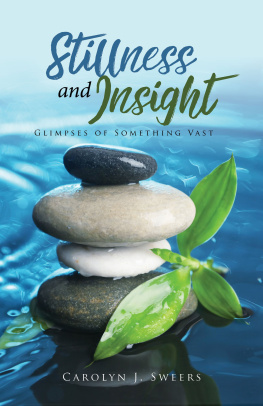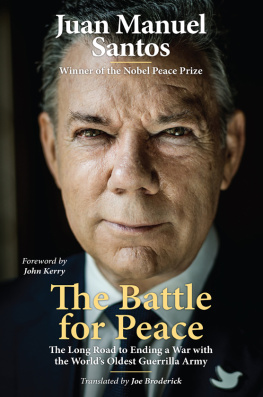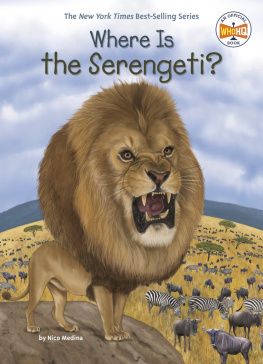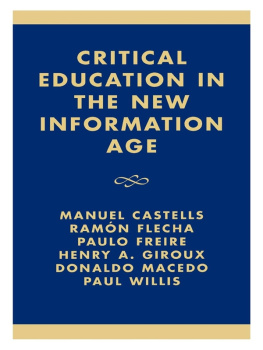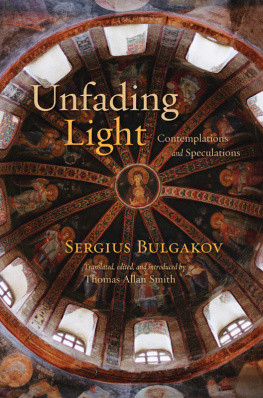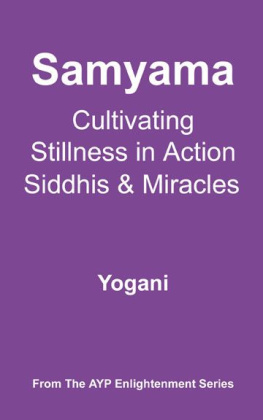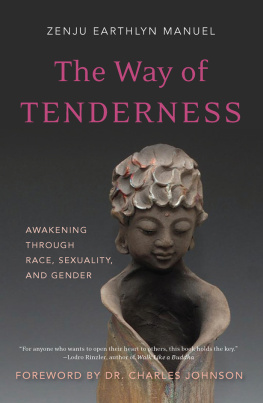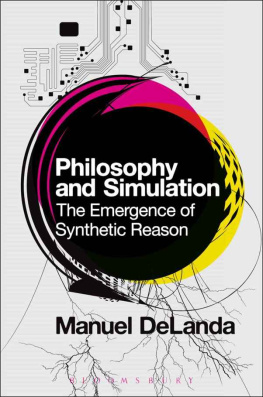Zenju Earthlyn Manuel - The Deepest Peace: Contemplations from a Season of Stillness
Here you can read online Zenju Earthlyn Manuel - The Deepest Peace: Contemplations from a Season of Stillness full text of the book (entire story) in english for free. Download pdf and epub, get meaning, cover and reviews about this ebook. year: 2020, publisher: Parallax Press, genre: Religion. Description of the work, (preface) as well as reviews are available. Best literature library LitArk.com created for fans of good reading and offers a wide selection of genres:
Romance novel
Science fiction
Adventure
Detective
Science
History
Home and family
Prose
Art
Politics
Computer
Non-fiction
Religion
Business
Children
Humor
Choose a favorite category and find really read worthwhile books. Enjoy immersion in the world of imagination, feel the emotions of the characters or learn something new for yourself, make an fascinating discovery.
- Book:The Deepest Peace: Contemplations from a Season of Stillness
- Author:
- Publisher:Parallax Press
- Genre:
- Year:2020
- Rating:4 / 5
- Favourites:Add to favourites
- Your mark:
- 80
- 1
- 2
- 3
- 4
- 5
The Deepest Peace: Contemplations from a Season of Stillness: summary, description and annotation
We offer to read an annotation, description, summary or preface (depends on what the author of the book "The Deepest Peace: Contemplations from a Season of Stillness" wrote himself). If you haven't found the necessary information about the book — write in the comments, we will try to find it.
Zenju Earthlyn Manuel: author's other books
Who wrote The Deepest Peace: Contemplations from a Season of Stillness? Find out the surname, the name of the author of the book and a list of all author's works by series.
The Deepest Peace: Contemplations from a Season of Stillness — read online for free the complete book (whole text) full work
Below is the text of the book, divided by pages. System saving the place of the last page read, allows you to conveniently read the book "The Deepest Peace: Contemplations from a Season of Stillness" online for free, without having to search again every time where you left off. Put a bookmark, and you can go to the page where you finished reading at any time.
Font size:
Interval:
Bookmark:
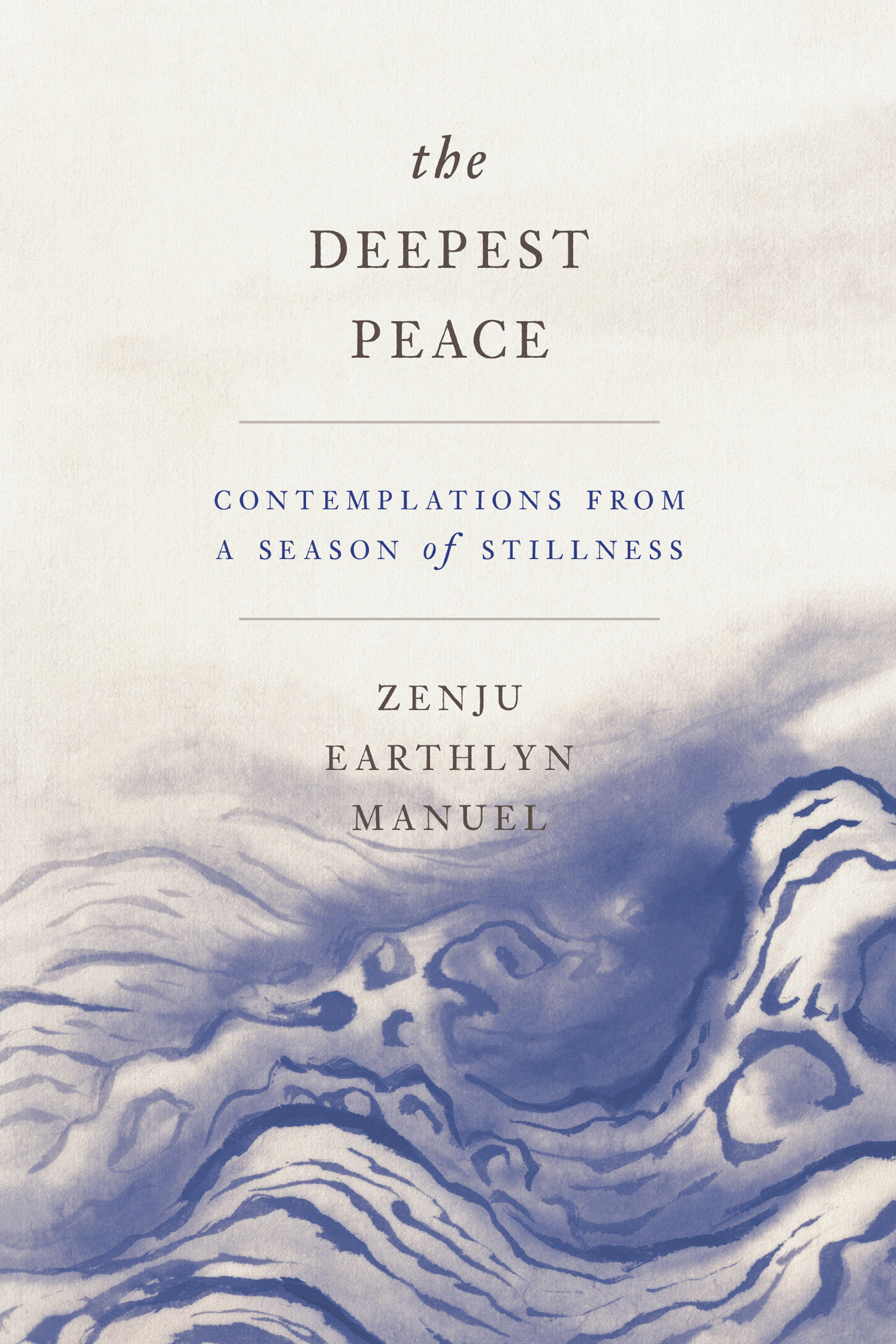
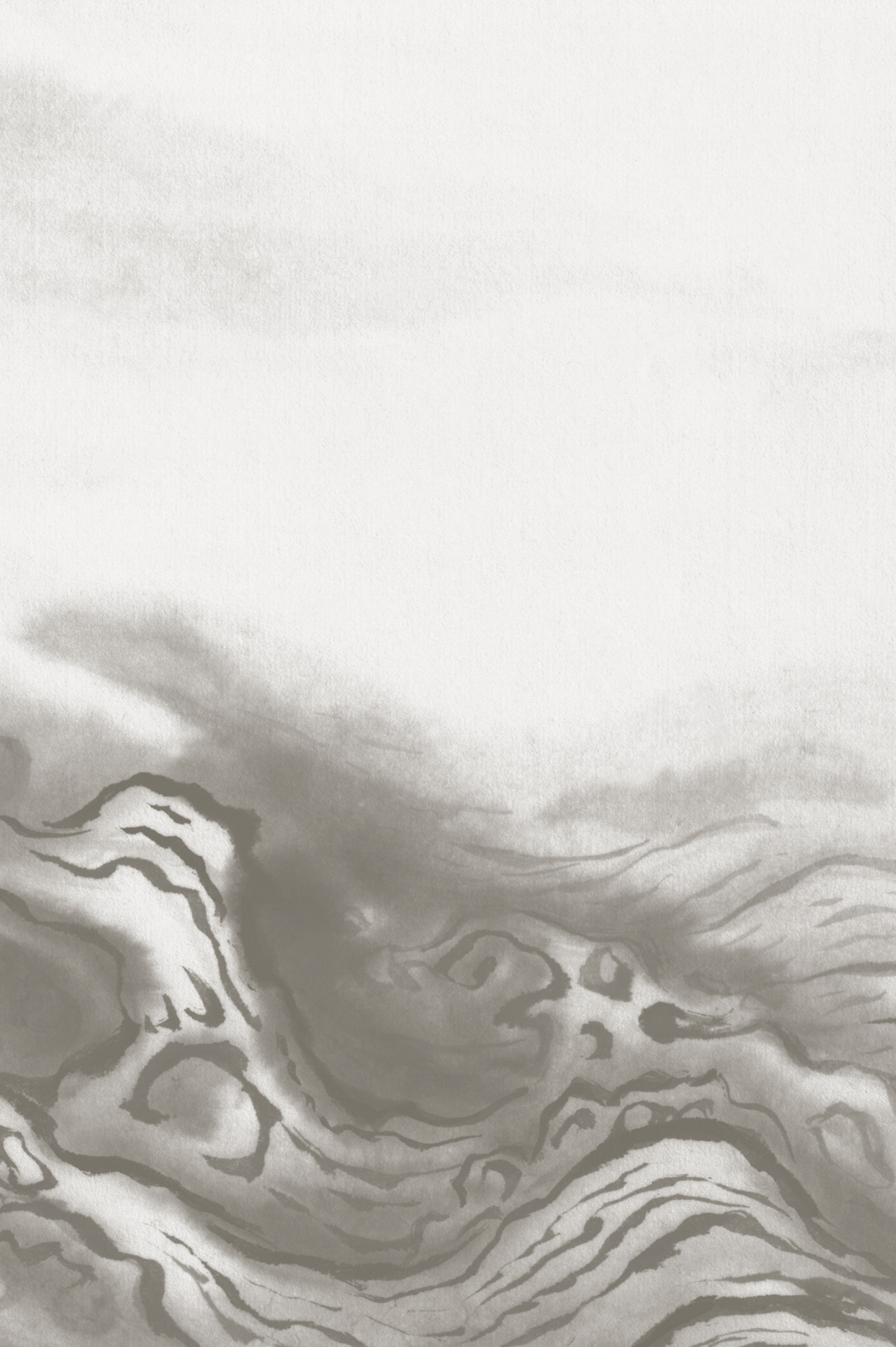
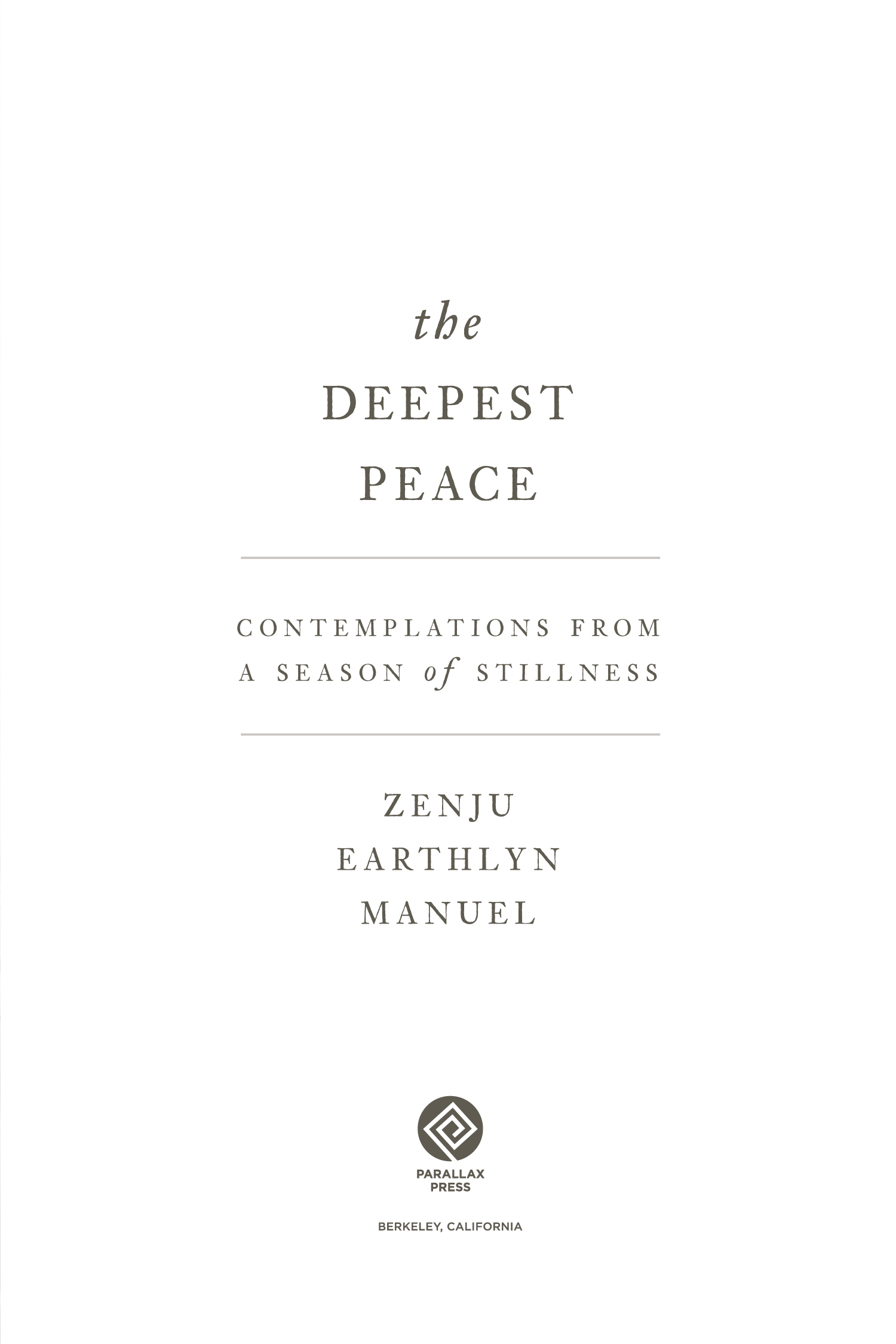
Parallax Press
P.O. Box 7355
Berkeley, California 94707
www.parallax.org
Parallax Press is the publishing division of the Plum Village Community of Engaged Buddhism Inc.
Copyright 2020 by Zenju Earthlyn Manuel
All rights reserved
Printed in the United States of America
Cover and print design by Jess Morphew, ebook design adapted from print design.
Ebook ISBN9781946764676
Library of Congress Cataloging-in-Publication Data
Names: Manuel, Zenju Earthlyn, author.
Title: The deepest peace : contemplations from a season of stillness / by Zenju Earthlyn Manuel.
Description: Berkeley, California : Parallax Press, [2020]
Identifiers: LCCN 2020029419 (print) | LCCN 2020029420 (ebook) | ISBN 9781946764669 (trade paperback) | ISBN 9781946764676 (ebook)
a_prh_5.6.0_c0_r1
I dedicate these words to my
ancestors on every continent
and to the radiant one who
speaks in the silence. Ach
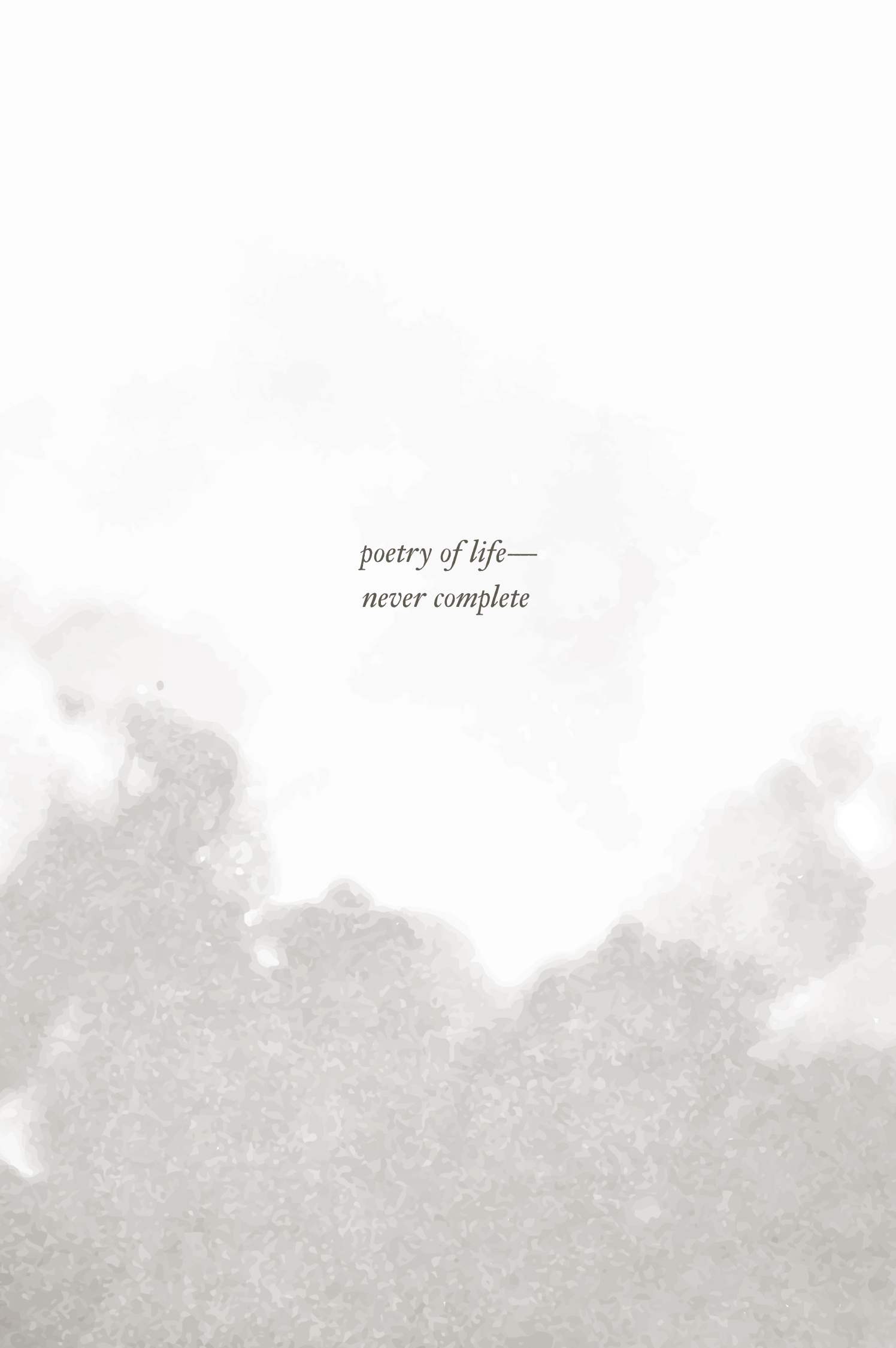
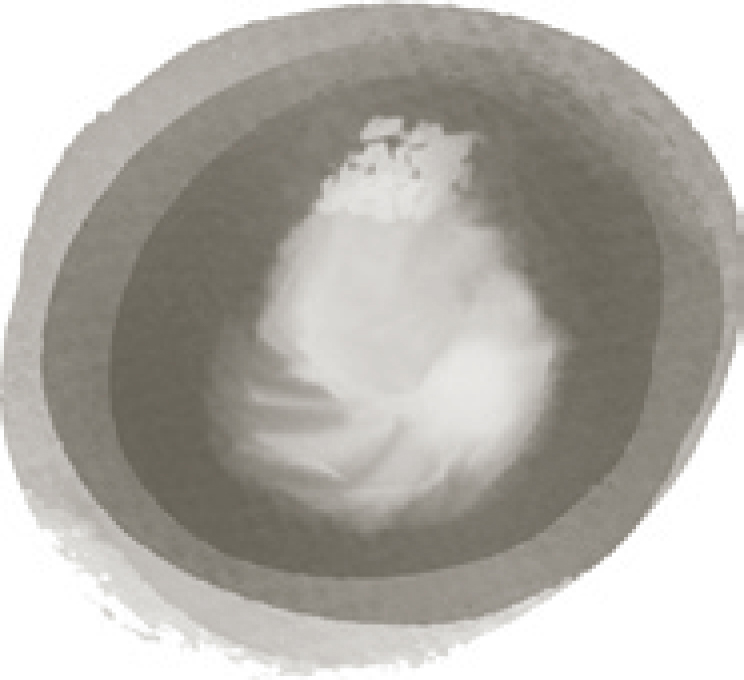
Many times I have testified of my suffering and written at length on race, gender, sexual orientation, and homelessness. Before I die, I must speak of peace. Life has not been all torment in this dark and mysterious body. And yet torment and peace are not separate. They come together in a world that pulls you toward violence and bends you down to pray for peace. Peace is there all along.
In awakening to peace, the teachings of the earth have been beneficial for me. My Zen walk was filled with my love for ritual and ceremony. At the same time, there were many earth-shattering moments that shook my core and opened me to the importance of life. Within each quaking there was the inherent silence and stillness of being. In the worst of times, there was a Zen that was not religious or philosophical, but an unshakable presence, in which my eyes and heart were open in the middle of the uncontrollable events of life. Suddenly, life was like water-colors, spreading and dripping off the papers edge. There was nothing to do but silently watch the colorful droplets of life fall. In the falling was peacethe letting go that comes without effort.
The city let go of me and I moved to the desert of New Mexico. I packed my things and left many friends and family back in California. It was an escape of sortsnot the kind void of responsibility, but an escape from the danger of concrete on the body, from being haunted by random violence, from the quick race to death that I had joined. The desert of New Mexico, twenty minutes outside of Santa Fe, brought me a wide-open sky to contemplate, alone in a season of stillness.
I am surrounded by mountains: the Sangre de Cristo (blood of Christ) and the Ortiz Mountains to the north, the Jemez Mountains to the west, and the Sandia Mountains to the southeast. When I walk the desert floor, Im aware of two rivers that run beneath the landthe Galisteo and Caada de Los Alamos Rivers. I stop to see if I can hear them. They are far below, but I feel myself wading through the water even though my feet walk a dry dirt path. I let the wind blow against my body. I see the land stretching out, its beauty calling me back to the earth. The quiet takes over. In humble reverence for the earth, I cant turn away from this spontaneous experience of peace.
The desert opened my heart to write about it while reminiscing about life in the cityboth Los Angeles where I was born and raised, and Oakland where I lived my adult years. Here, I share the landscape of these places and their impact on my quest for peace.
Time passes in the desert as it does in the city. I sit on the front porch of my house with its blue door and traditional Mexican vigas (wooden beams) over my head. The never-ending desert sage and juniper bushes constantly call me to get up and walk toward them. I obey. Its the beginning of autumn and its both hot and breezy. I begin to walk. I see half-eaten birds and the dried bones of an animal unknown to me. Its clear, in this peaceful desert, that peace is not the opposite of violence. Peace is in violence. It can only be seen by the open eyes of awareness. Peace is itself. The experience of peace Im discovering in the desert had always been with me in the city. I hadnt let it in.
I had made efforts at making peace. But making peace requires an idea and then action upon that idea. Its not the same peace I speak of here. The peace being expressed in these writings doesnt come from the mind, the lips, or from gentle actions. It doesnt come from legislation made by governments or peacemaking movements. Its a peace that appears without effort. Like the desert filling up my eyes. It appears like snow, wind, or rain. Peace arrives on its own if I dont resist it.
During years of chanting and meditation, the habit of fighting against what was in front of me rose and dissolved like waves in an ocean. There were times when I asked questions, critiqued, and took action. And there were times when confusion took over, the mind doubled down on itself. The only thing to do during those times was to breathe and be still. The body knows when to do this. Stillness is inherent. After suffering and resistance, the only thing left is contemplation of life and after contemplation, stillness, and after stillness, peace.
Peace is a presence that is difficult to define. Perhaps for this reason, I feel poetry has been a path through which peace has made itself known to me.
Most of my life has been spent sitting still, listening, and writing what I hear. Peace has often presented itself as poetry. Poetry and I are old best friends. When the gateway of Zen presented itself, I entered as a poet. I came with the habit of hearing a storm as more than weather, seeing fluttering white butterflies as snow in the spring. I came with my eyes and ears open wide to catch a glimpse of what was behind the curtain of life and death. That curiosity changed my life.
In this offering, I share the experience of peace through beloved poetry. The poetry is meant to create a pause, to bring you into the silence of the desert right where you are and open new gateways to peace. Inside the gate there is only more listening and witnessing of life.
Be still. These words are full. The digestion slow. Try a sentence or two every minute, pause, and resume. There is no need to rush to the end. The experience of reading meditatively will create the silence needed to hear. Your own experience of the deepest peace will arise and be shared, through your life, with your friends, family, community, and the worldone drop of color at a time.
I bow deeply to this life.
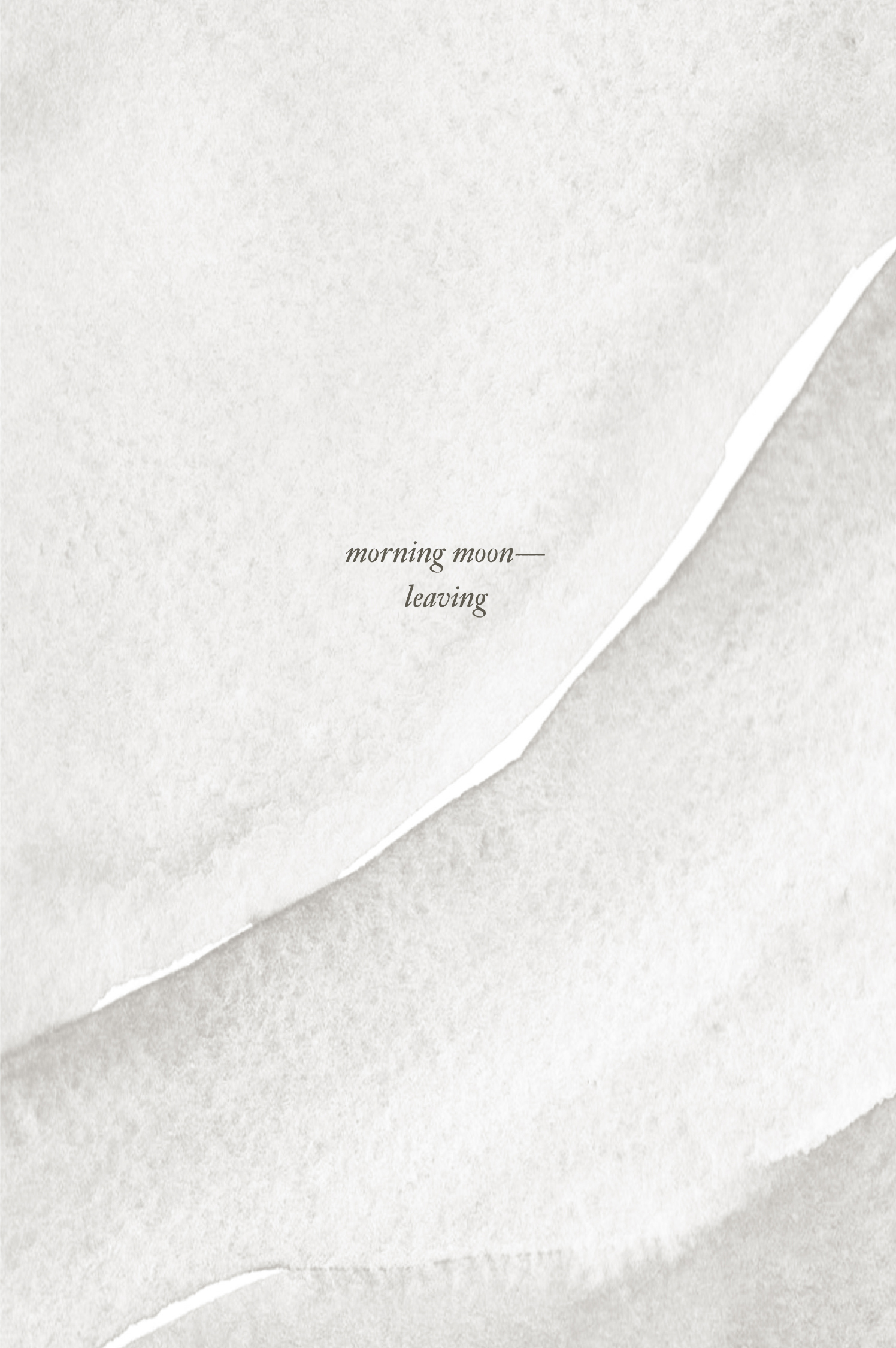
Font size:
Interval:
Bookmark:
Similar books «The Deepest Peace: Contemplations from a Season of Stillness»
Look at similar books to The Deepest Peace: Contemplations from a Season of Stillness. We have selected literature similar in name and meaning in the hope of providing readers with more options to find new, interesting, not yet read works.
Discussion, reviews of the book The Deepest Peace: Contemplations from a Season of Stillness and just readers' own opinions. Leave your comments, write what you think about the work, its meaning or the main characters. Specify what exactly you liked and what you didn't like, and why you think so.

